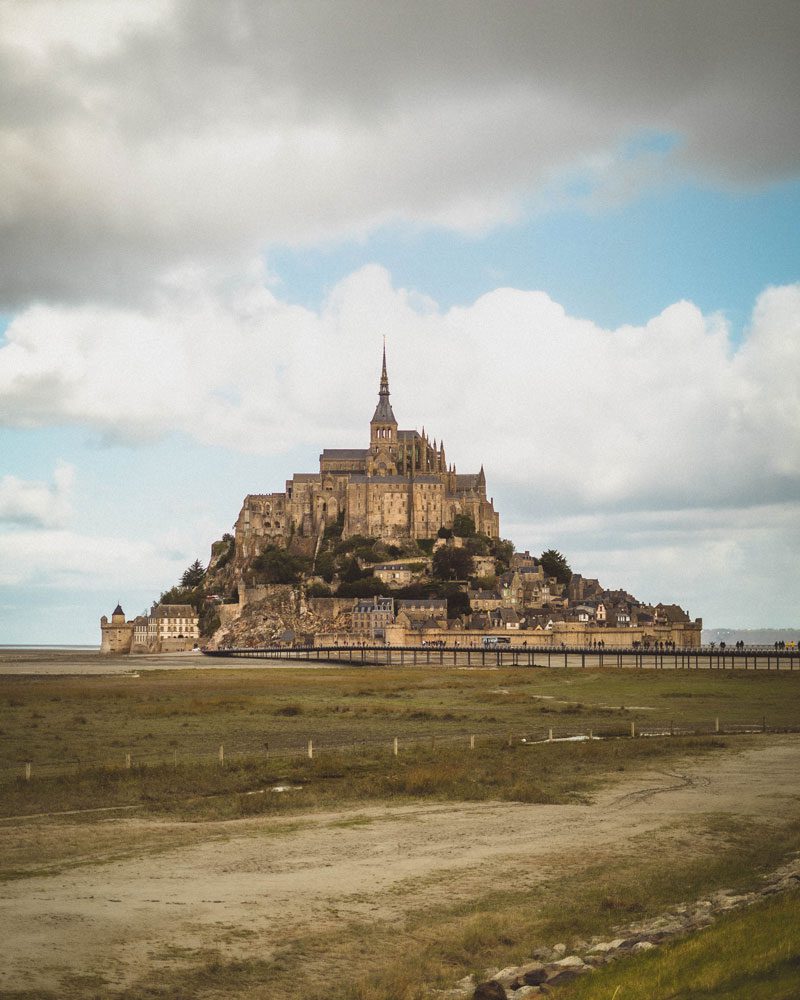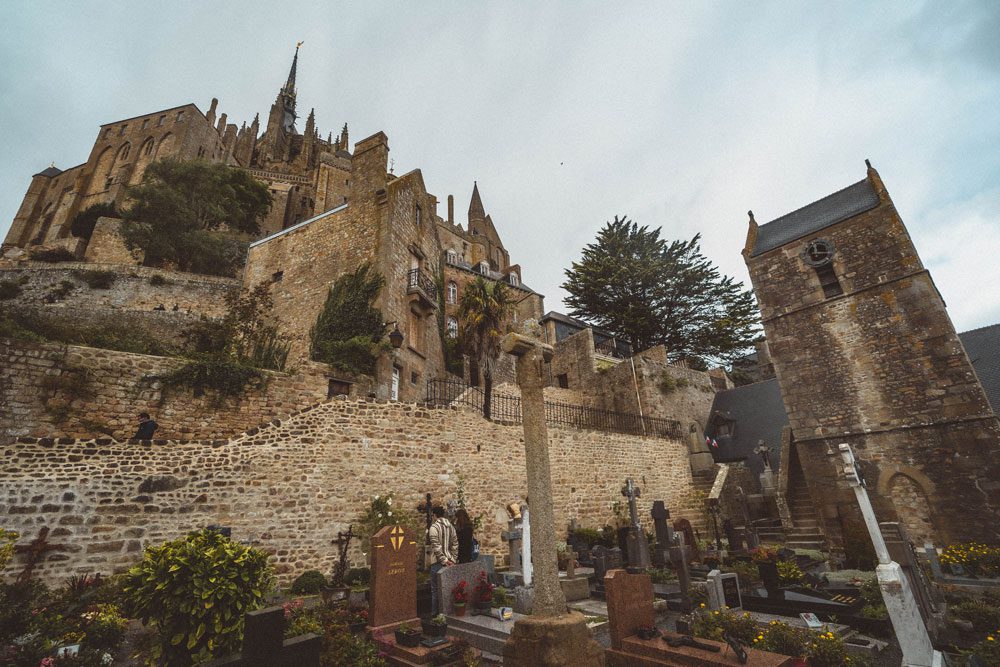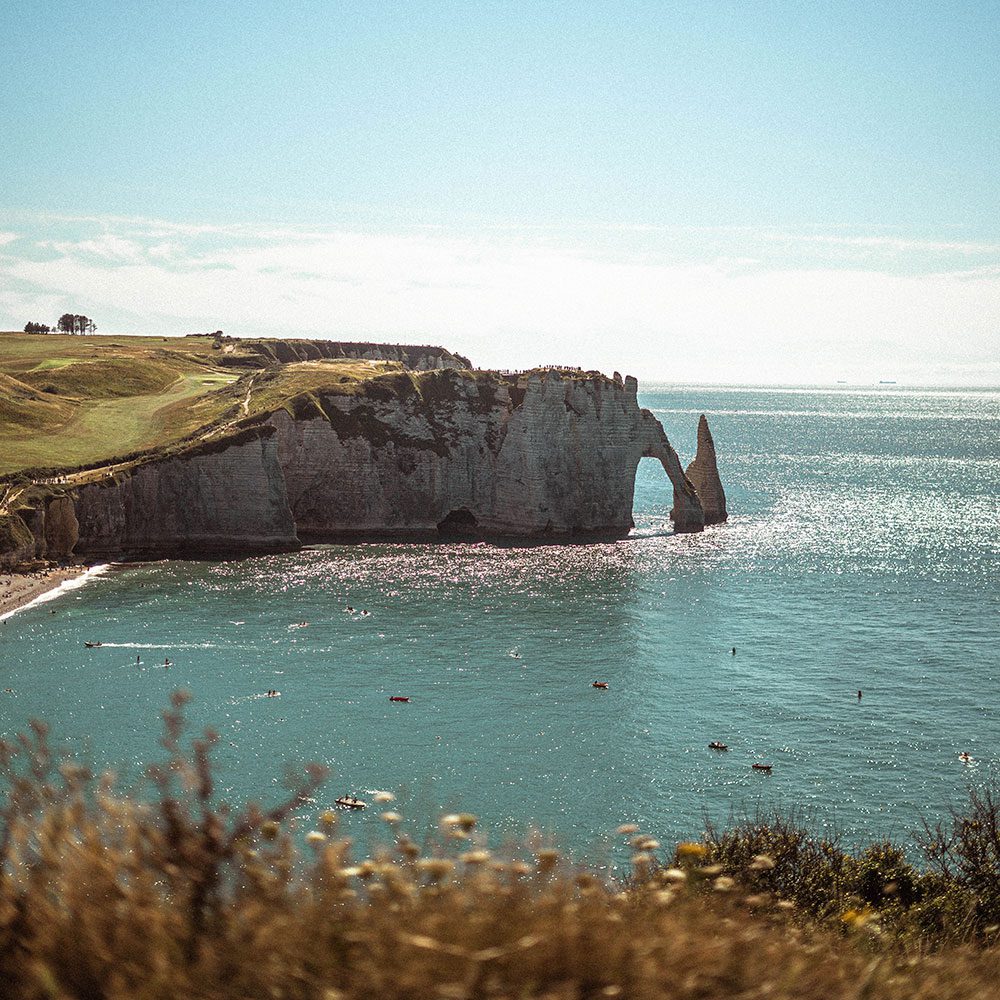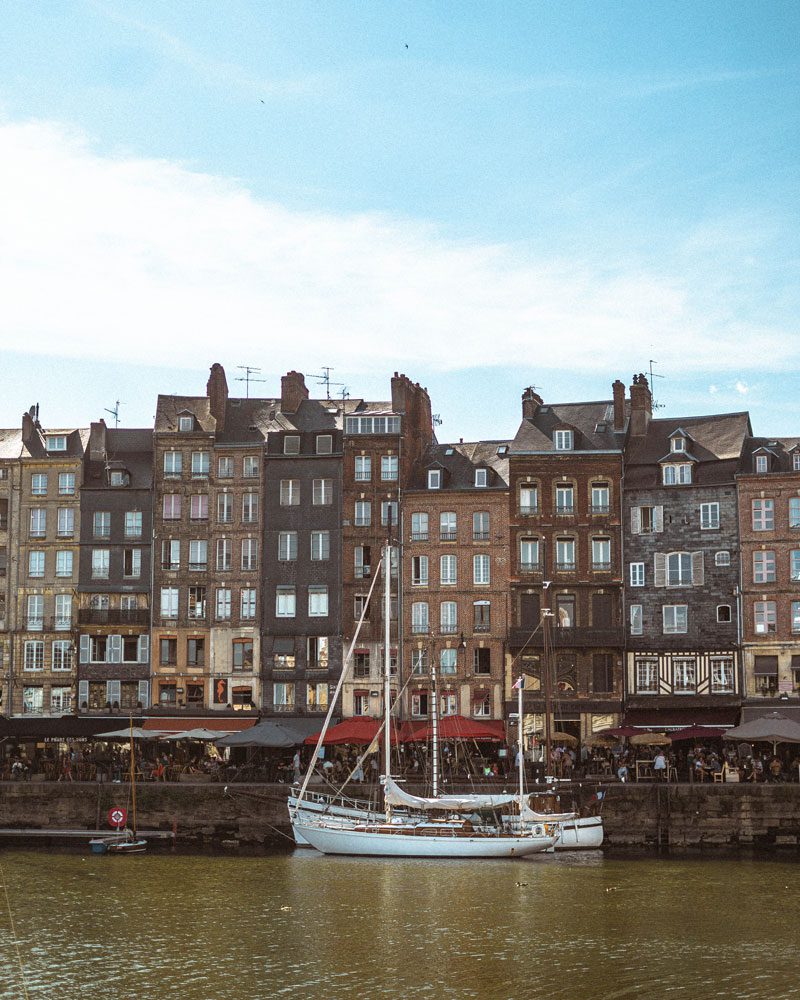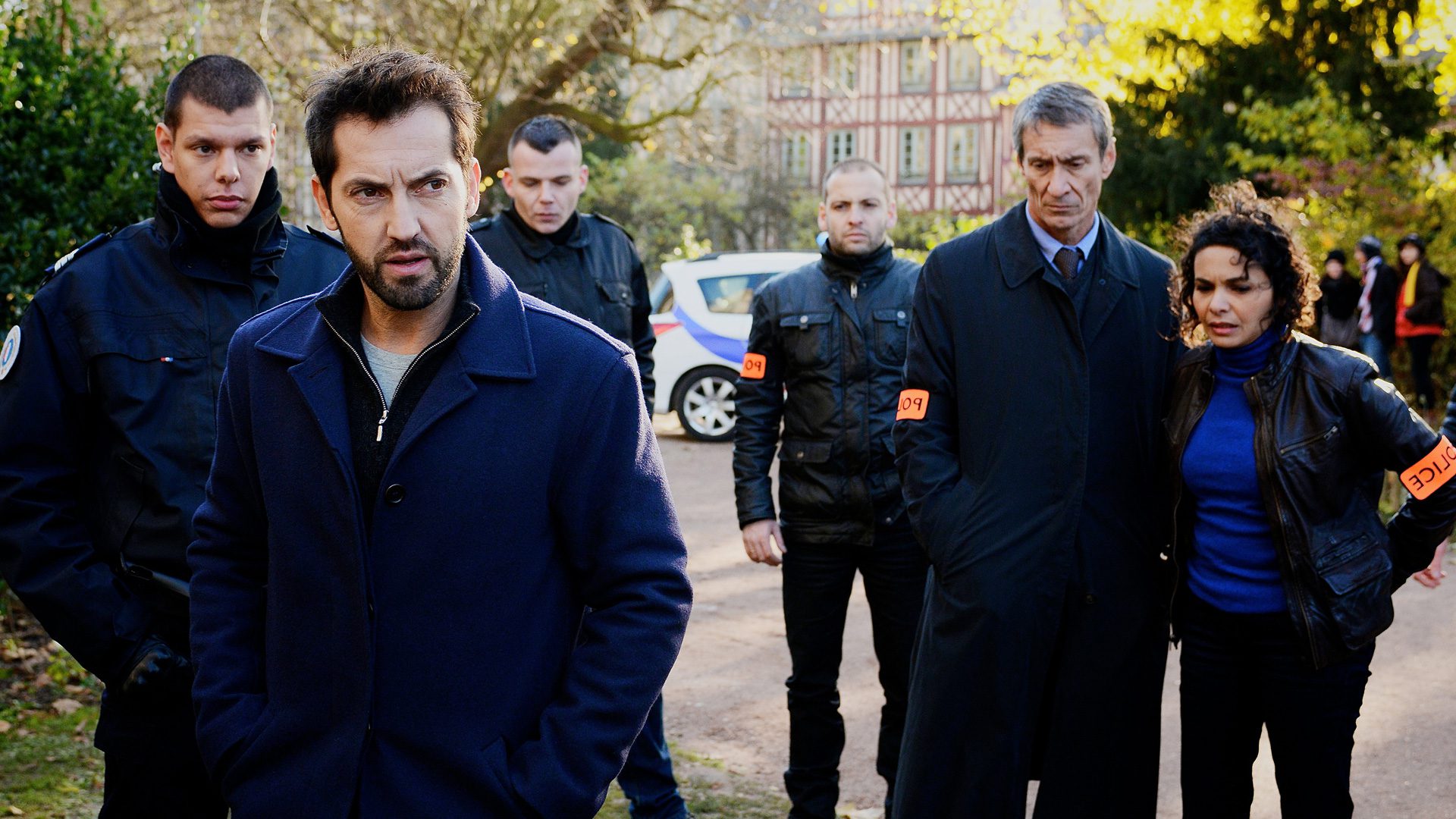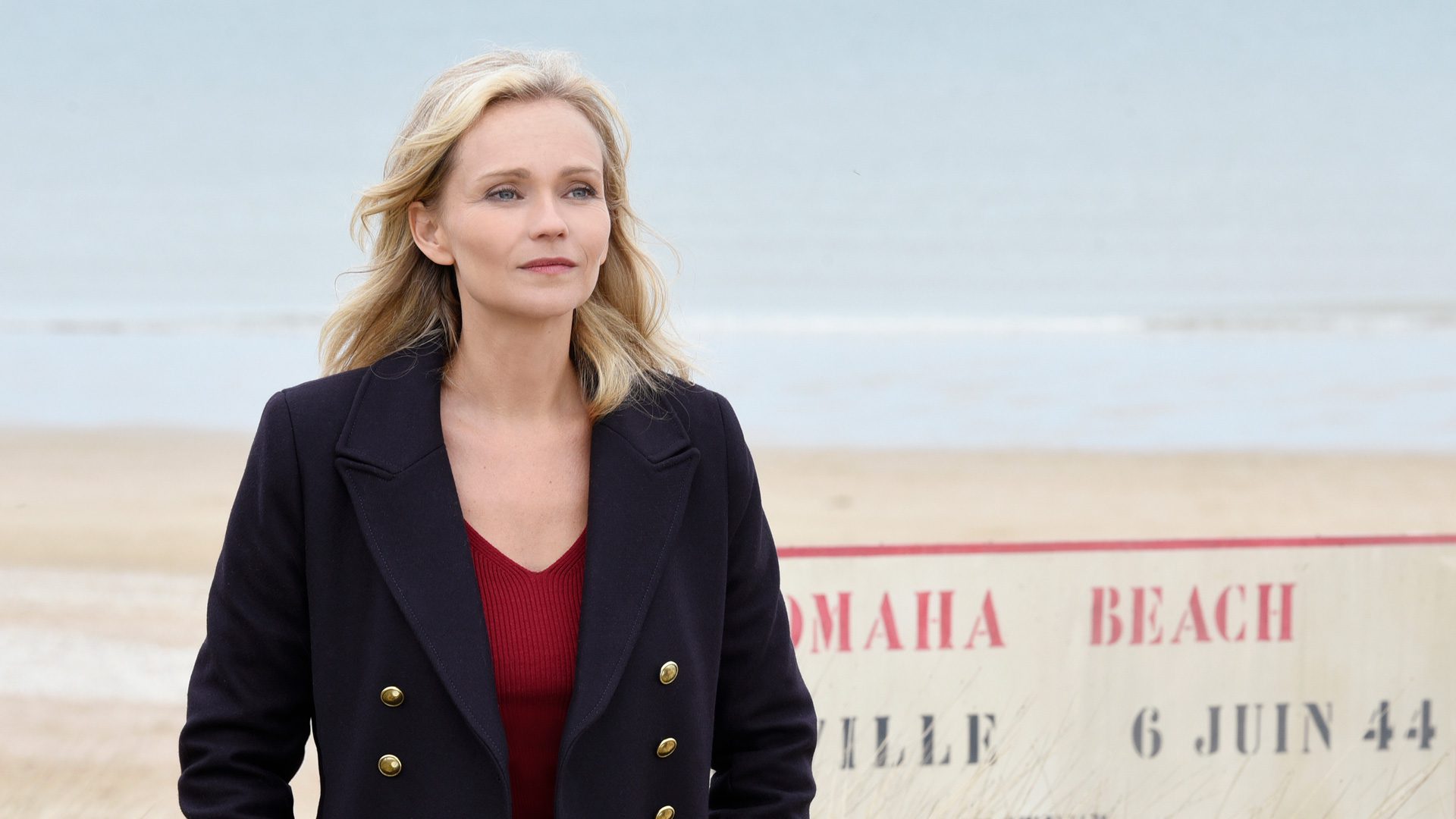
Normandy is a historic region in Northern France characterized by its centuries-old châteaux, long windswept beaches, granite-stone towns, and home to the conical tidal island of Mont Saint Michel. Here’s a little taster of what you’ll discover should you opt to visit Normandie as it is so-called in French.
What is Normandy known for?
The name Normandy comes from the Old French Normanz, which means ‘Northman’ in several Scandinavian languages. As one might imagine, the Normans who conquered England in 1066 hailed from this region of France. Today, Normandy is most associated with its many fishing ports, with the sites of the D-Day landings, and its seafood-inspired cuisine.
Normandy is situated in central northern France and is surrounded by a number of regions to the east, south, and west, while the Channel (known as La Manche- the sleeve- in French) lies to the north.
The closest regions to Normandy are Hauts-de-France, Île de France, Pays de la Loire, Brittany, and Centre Val de Loire. The most visited attractions in the area are the D-Day landing beaches, Mont Saint Michel, and Monet’s water lilies of Giverny.
Rouen
The capital of Normandy is Rouen, a timber-framed medieval city that is home to one of the most impressive Gothic cathedrals in France and is alleged to have been where Joan of Arc was burnt at the stake.
Today, the main focal point of the town remains its centrally located Grand Gothic Cathedral, which is dedicated to Notre Dame de Rouen (Our Lady of Rouen). Its ornate carvings are so fine that they resemble lace. From 1876 to 1880, the great ecclesiastical building was the tallest building in the world.
Within the medieval walls (construction of the cathedral lasted from the 11th-century right up until the turn of the 16th-century), the high vaulted interior serves as the resting place for many a historic famous figure. This includes Rollo the Viking and the heart of Richard the Lionheart (his entrails were buried in Chalus, and the remains of his body were laid to rest in Fontevraud Abbey).
Though there is never a bad time to visit Normandy, I particularly recommend a long weekend in the Rouen capital over the Christmas period. Picture yourself sipping on vin chaud (the French version of mulled wine) on the main square in front of the cathedral, browsing the handcrafted wares for sale in the Christmas market, and cozying up from the cold in chic accommodation.
Those wishing to experience a little luxury during their stay in Rouen would do well to book a room at Hotel de Bourgtheroulde, a 5 star hotel set against the backdrop of a historic property. The city of Rouen serves as the backdrop for the Murder In… Rouen episode.
Mont Saint Michel
Of course, as one of the most visited attractions in France, Mont Saint Michel has few secrets left to uncover, though there are a few hidden gems hidden around for those who look hard enough and care to stroll around that bit further. There has long been a dispute as to whether Brittany or Normandy own Mont Saint Michel. It’s worth noting that the conically shaped island is currently part of Normandy.
Once upon a time, the tidal island was separated twice a day from mainland France by the changing tides. Today however, there is a bridge that connects the two land masses, and it is across this permanent bridge that visitors now first approach the Mount.
There has been a place of worship on Mont Saint Michel since the 8th-century when the island was first established as a base for monastic worship. Over the centuries, pilgrims and visitors alike have been drawn to the island and now over 2 million people head to Normandy to see Mont Saint Michel on an annual basis.
As well as wandering around the undulating Abbey complex, which itself is crowned with a chapel dedicated to Saint Michael (just like its twin, St Michael’s Mount in Cornwall, England), some of the lesser-known spots on the island include visiting the tiny walled cemetery which offers unparalleled views of the fortifications and the Église Saint-Pierre, which dates back to the Middle Ages.
Étretat
The chalky cliffs of Étretat are some of the most famous in France, in part thanks to their popularity among the impressionist painters. Indeed, you may well recognize the picturesque vistas thanks to their immortality in over 50 oil-based works of art by Claude Monet in the latter half of the 19th-century.
Today, Étretat is one of the must-sees on any trip to Normandy, and not just because the chalk cliffs meeting the sea offer up one of the most beautiful views in France.
Other highlights of the fishing town turned tourist resort include the maze-like greenery of Les Jardin d’Étretat and the view from Chapelle Notre-Dame-de-la-Garde, which is perched high on the clifftops. Nearby the ecclesiastical buildings, the views from the cliffs are some of the best of the town of Étretat.
Yport
The charming little village of Yport has retained its fishing roots even to this day, making it the perfect hidden gem that’s easily accessible just a short drive down the coastline from the chalky cliffs of Étretat.
Yport was probably inhabited in the neolithic period, and a Roman road ran through it, though it was not granted official town status until the middle of the 19th-century.
A welcome escape from the crowds of Étretat, some of the top attractions in this little town include admiring the traditional Norman architecture, relaxing on the pebble beach, and visiting the mid-19th-century church which is dedicated to St Martin.
Honfleur
Though by no means a hidden gem, Honfleur is another of those must-see settlements while visiting Normandy. The historic harbor boasts tall ships swaying in the salty sea breeze. Meanwhile, the port dates back to time immemorial, though it gained particular prominence during the Middle Ages when its enviable location led to it becoming an important port for trade.
Today, Honfleur draws visitors from far and wide on account of its uniquely preserved fishing harbor, which looks just as it would have done many centuries ago. Similarly, the church in the village is dedicated to Saint Catherine and is built in a fisherman’s style; that is to say the roof resembles the hull of a boat!
The best time to visit Honfleur is from June through to September when all the businesses are all open and the weather is at its best. After all, in the north of France you can never be guaranteed sunshine, save for during the summer months.
Some of the more off the beaten path secret spots in the village include the Lavoir rue de la Foulerie (old wash station turned picturesque park) and heading to the 19th-century neoclassical built Chapelle du Couvent des Augustine, just a short walk from the center of the village.
Le Havre
While Le Havre is one of the largest towns in Normandy, it is most definitely a little off the beaten tourist track as many visitors choose to miss out on a visit in favor of the more aesthetically pleasing destinations of Honfleur and Étretat. If you do end up skipping Le Havre you can always catch a glimpse of it in the Murder In… Le Havre episode.
Nevertheless, those willing to scratch a little below the surface will soon be rewarded by amazing foodie opportunities and modern art pieces should they give Le Havre a chance. Highlights of the port city include visiting Saint Joseph’s, a church constructed in the 19th-century to represent the rebirth of the city after it was mostly destroyed during WWII and relaxing on the beach.
Hands down, the best place to eat in Le Havre is along the seafront, where diners can enjoy memorable sunsets while they feast on local specialties such as baked camembert and moules-frites (mussels and fries).
Giverny
Monet’s Giverny holds a special place in many traveler’s hearts on account of this being where Monet painted the iconic nymphéas (waterlilies) that are now housed within the Orangerie museum in Paris.
A popular day trip from Paris thanks to its relatively close distance to the French capital, particular highlights of Giverny include the House of Claude Monet and the gardens themselves. The peak bloom for the waterlilies is in July, which means that it is the best time to visit, albeit the most popular time for a sojourn to Giverny.
Gastronomy of Normandy
Like many regions of France, Normandy has its own gastronomic scene, complete with many dishes and drinks that are particular to the region. The crème de la crème when it comes to Norman cuisine is usually referred to as ‘the 4 Cs’.
These are Calvados, Camembert, cider, and crème. While cream and cider are particularly self-explanatory, Calvados is a kind of brandy from Normandy, while Camembert is a soft cheese that can be served hot or cold.
Those who are looking for a particularly filling winter warmer when visiting the region will surely not be disappointed in ordering a baked Camembert, a piping hot, melt in your mouth serving of cheese that pairs perfectly with fresh baguette and crisp white wine.
A final note
While every region of France boasts its own unique merit, Normandy is perfect for those looking to stray a little off the beaten path but don’t have too much time to travel far away from Île de France (i.e. where the main Parisian airports are located). For an even greater insight into Normandy, be sure to check out the following Murder In… episodes below now streaming on MHz Choice.
Murder In... episodes featuring Normandy on MHz Choice
About the Author
Sophie Nadeau is a British Canadian travel writer currently residing in Paris with her French husband. She has been lucky enough to have lived in several different countries and has run her travel blog, solosophie.com, full time since 2017. With a particular interest in history and culture (especially if there’s a château visit involved), she spends her spare time painting, reading, cooking up vegetarian recipes, spending too much looking up dog photos online, and researching new hidden gems to discover.

